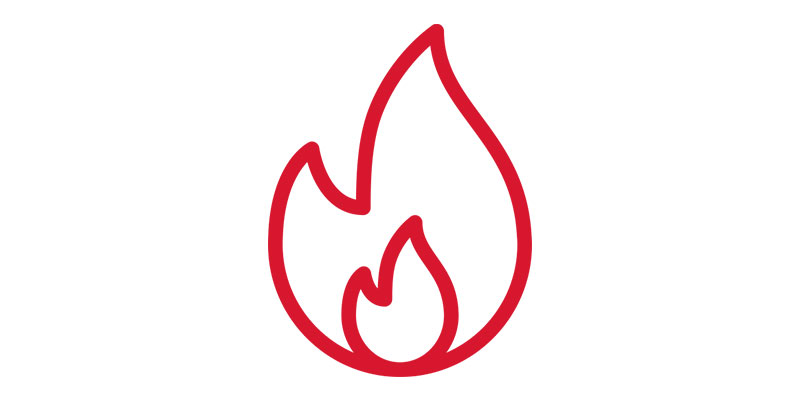Sydney businesses need to ensure they are secure from fire. This is not only to comply with the laws, but also for their employees, clients, and even their property. Fires can result in massive losses within a matter of minutes. But, with appropriate safety measures put in place, many of these dangers can be minimized or prevented. The combination of inspections of fires, electrical systems testing and tagging, and complying with CFSP regulations all contribute to creating a safer work environment and ensuring that businesses adhere to the Building Code of Australia and local council standards.

Why Fire Inspections are the underlying principle of Safety
Fire Inspections are the first line of defense against potential hazards. These inspections confirm that the fire protection system in an establishment is in good condition and in good working order. In Sydney, most businesses have to conduct inspections every six to twelve months, depending on kind of building and council regulations. Inspections can include everything including smoke alarms and sprinkler systems as well as fire alarm panels, to hydrants, emergency lighting, and even fire alarms.
What makes inspections so crucial is their ability to detect concealed issues before they turn risky. In an emergency an emergency, a minor flaw in a smoke detector or an unreliable fire hydrant could seem insignificant. Business owners who regularly inspect their fire hydrants are meeting their legal obligations, and protecting themselves against unforeseen tragedies.
Testing and Tagging Securing Electrical risks
Electrical systems are among the main causes of workplace fires which is the reason testing and tagging is a must be part of a fire safety plan. The process includes checking electrical equipment for functionality, safety and compliant, then placing a tag on the item to signify that the product has been examined. For a lot of businesses it’s more than just a requirement for routine use. it’s a way to protect against risks that often go without being noticed.
Incorrect appliances, old wiring or cables that are worn out can easily become fire hazards in the event that they are not checked. Regularly testing and marking decreases the possibility of an electrical malfunction leading to an explosion. Also, it assures employees that their environment is safe, which builds trust and confidence in the workplace. When combined with tests, fire inspections and tagging provides a complete safety strategy that minimizes risk on multiple fronts.
The purpose of CFSP is compliance and certification
In New South Wales only a Competent Fire Safety Practitioner (CFSP) is able to certify or sign important fire safety documents, such as the Annual Fire Safety Declarations. The introduction of CFSP certification has improved fire safety standards, as it ensures only certified professionals are able to examine and confirm safety. For business owners working with the CFSP, inspections and reports will no longer be merely a regular document, but rather an objective evaluation done by experts.
The CFSP’s job is more than the simple task of checking boxes. These practitioners assess the condition and performance of the fire protection system, issue precise reports, and ensure compliance with regulations. Businesses that are not equipped with CFSP certification could be fined, facing legal issues or even being shut down if they are deemed to be insufficient with fire protection. Partnering with accredited professionals ensures that the fire safety systems are in place correctly and that compliance obligations are met without unnecessary stress.
Fire Safety is a Continuous Engagement
Safety in the event of fire is not only a once-in-a-lifetime requirement, but rather it is a continuous responsibility for each business owner. Regularly scheduled inspections and tests of electrical equipment with proper certification through CFSP ensure a safety cycle that doesn’t end. Beyond ensuring compliance with the law the approach also fosters an atmosphere of safety at work. Employees feel more secure in the knowledge that clear evacuation procedures, smoke alarms, emergency lighting, and fire suppression are all in place.
Safety in the workplace is a continual process, not a checklist which businesses must mark each year. This decreases risks and enhances the reputation of a business. When safety is the top priority customers and clients feel safer. In the long run, proactive security measures against fires can save costs by preventing costly damages, fines or legal battles. Also, it protects everyone inside the building.
Conclusion
Sydney’s fire safety is an elaborate process that involves inspections and testing, tagging, as well as an official certification by a CFSP. Each of these elements is crucial to ensure that businesses are in compliance with the rules, and most important, that property and people are secured. Safety is a constant part of daily business activities and is not a secondary consideration. Businesses can comply with their legal requirements and create an even more secure and resilient environment for the future when safety is an integral aspect of their daily activities.
